| [1] Cao Y,Zhang C,Shen W,et al. Poly(N-isopropylacrylamide)-chitosan as thermosensitive in situ gel-forming system for ocular drug delivery.J Controlled Release.2007;120(3): 186-194.[2] Yamada N,Okano T,Sakai H,et al.Thermo-responsive polymeric surfaces; control of attachment and detachment of cultured cells.Makromol Chem Rapid Comm.1990;11(11): 571-576.[3] Dang QF,Yan JQ,Li JJ,et al.Controlled gelation temperature, pore diameter and degradation of a highly porous chitosan-based hydrogel.Carbohydrate Polymers.2011;83(1): 171-178.[4] Chen J,Liu M,Liu H,et al. Synthesis, swelling and drug release behavior of poly(N,N-diethylacrylamide-co-N-hydroxymethyl acrylamide) hydrogel.Mater Sci Eng C.2009;29(7):2116-2123.[5] Wang L,Stegemann JP.Thermogelling chitosan and collagen composite hydrogels initiated with beta-glycerophosphate for bone tissue engineering. Biomaterials.2010;31(14):3976-3985.[6] Okano T,Yamada N,Sakai H,et al.A novel recovery system for cultured cells using plasma-treated polystyrene dishes grafted with poly(N-isopropylacrylamide). J Biomed Mater Res.1993; 27(10): 1243-1251.[7] Zhang GQ,Zha LS,Liang BR.Gaofenzi Xuebao. 2009;53(7): 633-636.张高奇,查刘生,梁伯润.在NaCl溶液中以海藻酸钠为致孔剂制备快速温度响应型多孔聚(N-异丙基丙烯酰胺)水凝胶[J].高分子学报,2009,53(7):633-636.[8] Ducatti DR,Massi A,Noseda MD,et al. Production of carbohydrate building blocks from red seaweed polysaccharides. Efficient conversion of galactans into C-glycosyl aldehydes.Org Biomol Chem.2009;7(3):576-588. [9] He SL,Zhang M,Geng ZJ,et al.Yingyong Huaxue. 2005;22(9): 1007-1011.何淑兰,张 敏,耿占杰,等.部分氧化海藻酸钠的制备与性能[J].应 用化学,2005,22(9):1007-1011.[10] Gao C,Liu M,Chen J,et al.Interactions between bovine serum albumin and oxidized sodium alginate in solution.J Biomater Sci Polym Ed. 2011;22(12):1639-1650.[11] Chen Y,Qian H,Zhu W,et al. Hepatocyte growth factor modification promotes the amelioration effects of human umbilical cord mesenchymal stem cells on rat acute kidney injury.Stem Cells Dev.2011; 20(1): 103-113.[12] Yan Y,Xu W,Qian H,et al.Mesenchymal stem cells from human umbilical cords ameliorate mouse hepatic injury in vivo. Liver Int.2009;29(3): 356-365.[13] Jung KH,Shin HP,Lee S,et al. Effect of human umbilical cord blood-derived mesenchymal stem cells in a cirrhotic rat model.Liver Int.2009;29(6): 898-909.[14] Hirschfield GM,Gibbs P,Griffiths WJ.Adult liver transplantation: what non-specialists need to know.BMJ.2009;338: b1670.[15] Lu YB,Qiu F,Chen YZ,et al.Shengwu Gongcheng Xuebao. 2009;25(4): 599-604.卢永波,邱峰,陈咏竹,等.大鼠脂肪间充质干细胞诱导为类肝细胞及其细胞片的制备[J].生物工程学报,2009,25(4): 599-604.[16] Yu ML,Du Z,Zhu ZY,et al. Zhongguo Zuzhi Gongcheng Yanjiu yu Linchuang Kangfu. 2009;13(47):9302-9305.于美丽,杜智,朱争艳,等.人胎儿肝干细胞在聚酸酐-氨基葡聚糖三维载体内的生长活性[J].中国组织工程研究与临床康复,2009, 13(47):9302-9305.[17] Haraguchi K,Taniguchi S,Takehisa T.Reversible Force Generation in a Temperature Responsive Nanocomposite Hydrogel Consisting of Poly(N- isopropylacrylamide) and Clay.Chem Phys Chem.2005;6(2):238-241.[18] Haraguchi K,Takehisa T,Ebato M. Control of cell cultivation and cell sheet detachment on the surface of polymer/clay nanocomposite hydrogels. Biomacromolecules.2006; 7(11): 3267-3275.[19] Kato N,Sato S,Yamanaka A,et al.Silk protein, sericin, inhibits lipid peroxidation and tryosinase activity. Biosci Biotechnol Biochem.1998;62(1): 145-147.[20] Sasaki M,Kato N,Watanabe H,et al.Inhibitory effect of silk protein, sericin on swelling and ulcerating of mouse large intestine.Oncology Rep.2000;7: 1049-1053.[21] Ha S,Park YH,Hudson MS.Dissolution of Bombyx mori Silk Fibroin in the Calcium Nitrate Tetrahydrate-Methanol System and Aspects of Wet Spinning of Fibroin Solution. Biomacromolecules.2003;4(3):488-496.[22] Zhu LJ,Arai M,Hirabayashi K.Gelation of silk sericin and physical properties of the gel.J Seric Sci Jpn.1995;64(5): 415-419.[23] Moran EC,Baptista PM,Evans DW,et al.Evaluation of parenchymal fluid pressure in native and decellularized liver tissue. Biomed Sci Instrum. 2012;4(8):303-309.[24] Kasoju N, Bora U.Silk fibroin based biomimetic artificial extracellular matrix for hepatic tissue engineering applications. Biomed Mater. 2012; 7(4): 1045-1055. [25] Kasuya J,Sudo R,Tamogami R,et al.Reconstruction of 3D stacked hepatocyte tissues using degradable,microporous poly(d,l-lactide-co-glycolide) membranes.Biomaterials. 2012; 33(9):2693-2700.[26] Miyoshi H,Ehashi T,Kawai H,et al.Three-dimensional perfusion cultures of mouse and pig fetal liver cells in a packed-bed reactor: effect of medium flow rate on cell numbers and hepatic functions. J Biotechnol. 2010;148(4): 226-322. [27] Kiatkam jomwong S,Chomsakasakul W,Sonsuk M.Radiation modification of water absorption of cassava starch by acrylic acid/acrylamide.Radiat Phys Chem.2000;59(4):413-427.[28] Coughlan DC,Quilty FP,Corrigan OI.Effect of drug physicochemical properties on swelling/deswelling kinetics and pulsatile drug release from thermoresponsive poly(N-isopropylacrylamide) hydrogels.J Controlled Release. 2004;98(1):97-114. |
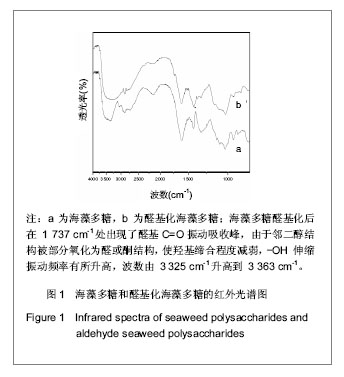
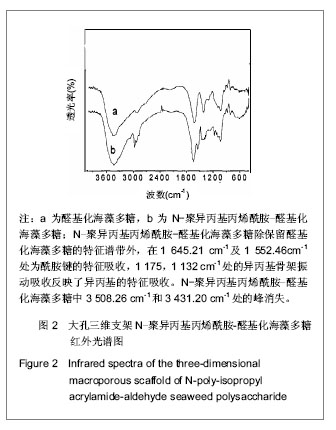
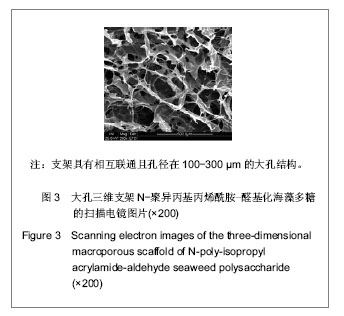
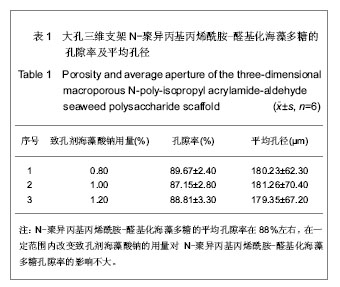
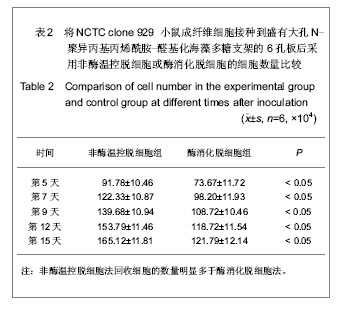
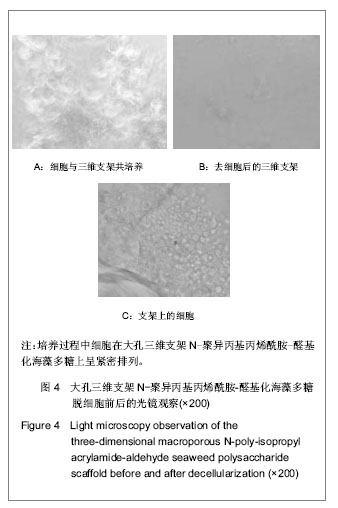

.jpg)
.jpg)
.jpg)
.jpg)
.jpg)
.jpg)
.jpg)